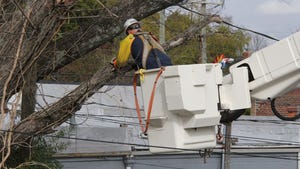
Nearly 5,200 people died from injuries they suffered on the job in 2021. That is more than in 2020, when COVID-19 shutdowns and layoffs kept many people away from the workplace, but a bit less than the total a year before the pandemic set in.
The data from the U.S. Bureau of Labor statistics provides a broad look at the risks faced by American workers.
Workplace injuries have been on the decline over the decades as industries adopt new safety precautions and provide more training. But some professions remain far more dangerous than others.
More:Your Life in Data: Searchable databases that help you make everyday choices
USA TODAY used the federal statistics to rank the most dangerous private-industry jobs in America. We’ve included the 25 occupations with the highest death rates in 2021 but provide the full rankings in our database. Fatal injury rates were calculated only for job titles held by at least 20,000 people and that reported at least four fatalities.
Search job titles
Explore the fatal and nonfatal injury rates for about 550 common jobs in America as reported to the U.S. Bureau of Labor Statistics in 2021 for fatal injuries and 2020 for nonfatal injuries and illnesses. The rates are expressed as incidents per 100,000 workers. VIEW THE FULL DATABASE to see where your job ranks.
Here are the 25 deadliest jobs:

1. Tree trimmers and pruners
This groundskeeping job has the highest rate of work-caused deaths and ranks 76th for nonfatal workplace injuries. The profession’s fatality rate is 21 times higher than for the typical American job. The most common causes were falls, falling tree limbs and accidents involving equipment such as saws.

2. Commercial pilots
This does not include pilots of passenger planes for major airlines like you might use to travel for work or vacation. These folks navigate planes or helicopters to carry cargo and, in less common and less hazardous roles, lead air tours or navigate air ambulances. Nearly all deaths and injuries were caused by catastrophic crashes, which is why the nonfatal injury rate for the profession ranked low, at 297th.
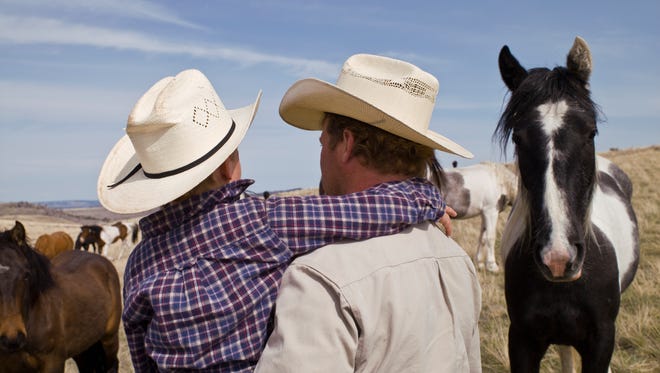
3. Farm and ranch animal workers (including aquaculture)
People who tend to livestock big and small have the third-highest rate of deaths from their job, or 15 times higher than the typical American’s work. Injury rates are not well tracked in federal labor statistics because people who are self-employed or work on farms with fewer than 11 employees are not required to complete the agency’s annual survey.
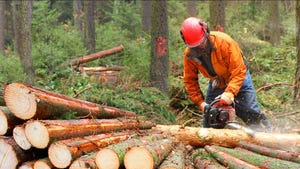
4. Logging workers
The fourth-highest job fatality rate was reported for logging workers, who have led the national rankings in some years. The 2021 death rate was 13 times higher than the typical American job, and the nonfatal injury rate ranked 191st. Contact with equipment, falling objects and falls led the list of injury causes.
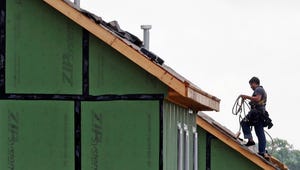
5. Roofers
Roofers had the fifth-highest rate of work-caused deaths and ranks 108th for nonfatal workplace injuries. That fatality rate is almost 10 times higher than the typical American job, and the injury rate is almost twice as high. Once again, falls are a leading cause of injury and death – and a one that is often preventable with the proper use of safety harnesses.
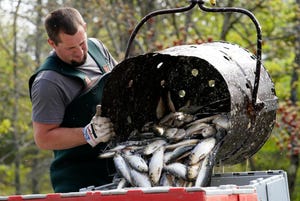
6. First-line supervisors of farming, fishing and forestry workers
These jobs often feature overseeing people who work with heavy equipment, dangerous tools, hazardous weather and large, moving objects or animals – and being hands-on with the work. So it’s little surprise this occupation category reported the sixth-highest fatal-injury rate in America, or seven times higher than the typical job. The rate of nonfatal illness and injury ranked 216th.
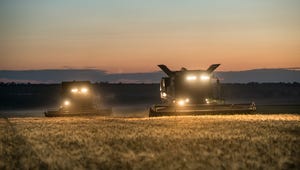
7. Agricultural equipment operators
If you’re at the controls of big equipment in an agricultural setting – tilling, planting, harvesting, feeding, herding – this is the job classification you get from the federal government. It has the seventh-highest fatal-injury rate in America, one that’s more than five times higher than the typical job. Injury rates are not well tracked in federal labor statistics because people who are self-employed or work on farms with fewer than 11 employees are not required to complete the agency’s annual survey.
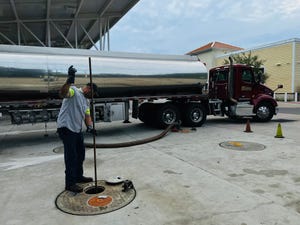
8. Heavy and tractor-trailer truck drivers
This is the technical classification for what people commonly imagine when they hear “truck driver.” These are folks driving big rigs – more than 26,000 pounds – to haul cargo from place to place. This job reported the eighth-highest fatal-injury rate in 2021 and ranked 65th for nonfatal injuries. Wrecks were the leading cause of death, but falls and overexertion were much more common injury causes.
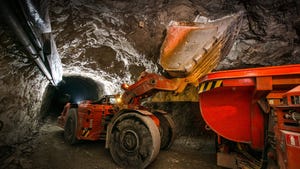
9. Underground mining machine operators
This is the first time in recent years this job category has been included in federal rankings of fatal injuries because fewer than 20,000 people worked in these roles or fewer than four people died. But in 2021, 10 people died from the job, resulting in the ninth-highest rate of worker deaths. The nonfatal injury rate ranked 114th in 2018, the last year with available federal data.
10. Farm equipment mechanics and service technicians
This title is assigned to people who repair or maintain farm machinery and vehicles, such as tractors, combines, irrigation systems and dairy equipment, but does not include mechanics who work generally on trucks or diesel engines. It has the 10th-highest fatal-injury rate in America, or about four times higher than the typical job. The nonfatal injury rate ranked 115th.
Other jobs with high death rates
11. Sailors and marine oilers: 37.6 deaths per 100,000 workers, ranked 116th for its nonfatal injury rate in 2019, the latest year for which data was available.
12. First-line supervisors of landscaping, lawn service, and groundskeeping workers: 35.2 per 100,000 workers, ranked 93rd for its nonfatal injury rate.
13. Personal service managers, 29.9 per 100,000 workers, ranked 205th for its nonfatal injury rate.
14. Audiovisual equipment installers and repairers: 27.9 per 100,000 workers, ranked 126th for its nonfatal injury rate.
15. Painters, construction and maintenance: 27.1 per 100,000 workers, ranked 234th for its nonfatal injury rate.
16. Pumping station operators: 27.1 per 100,000 workers, ranked 129th for its nonfatal injury rate.
17. Construction laborers: 26.3 per 100,000 workers, ranked 87th for its nonfatal injury rate.
18. Electrical power line installers and repairers: 24.2 per 100,000 workers, ranked 100th for its nonfatal injury rate.
19. Roustabouts, oil and gas: 23.2 per 100,000 workers, ranked 237th for its nonfatal injury rate.
20. Maintenance workers, machinery: 22.5 per 100,000 workers, ranked 167th for its nonfatal injury rate.
21. Excavating and loading machine and dragline operators, surface mining: 22.4 per 100,000 workers, ranked 504th for its nonfatal injury rate.
22. Plasterers and stucco masons: 22.2 per 100,000 workers, ranked 246th for its nonfatal injury rate.
23. Elevator and escalator installers and repairers: 22.2 per 100,000 workers, ranked 117th for its nonfatal injury rate.
24. Farmworkers and laborers, crop, nursery, and greenhouse: 21.3 per 100,000 workers; a nonfatal injury rate was not available.
25: Crane and tower operators: 20.7 per 100,000 workers, ranked 242nd for its nonfatal injury rate.
Your life in data: See crucial databases that can help you make everyday decisions






